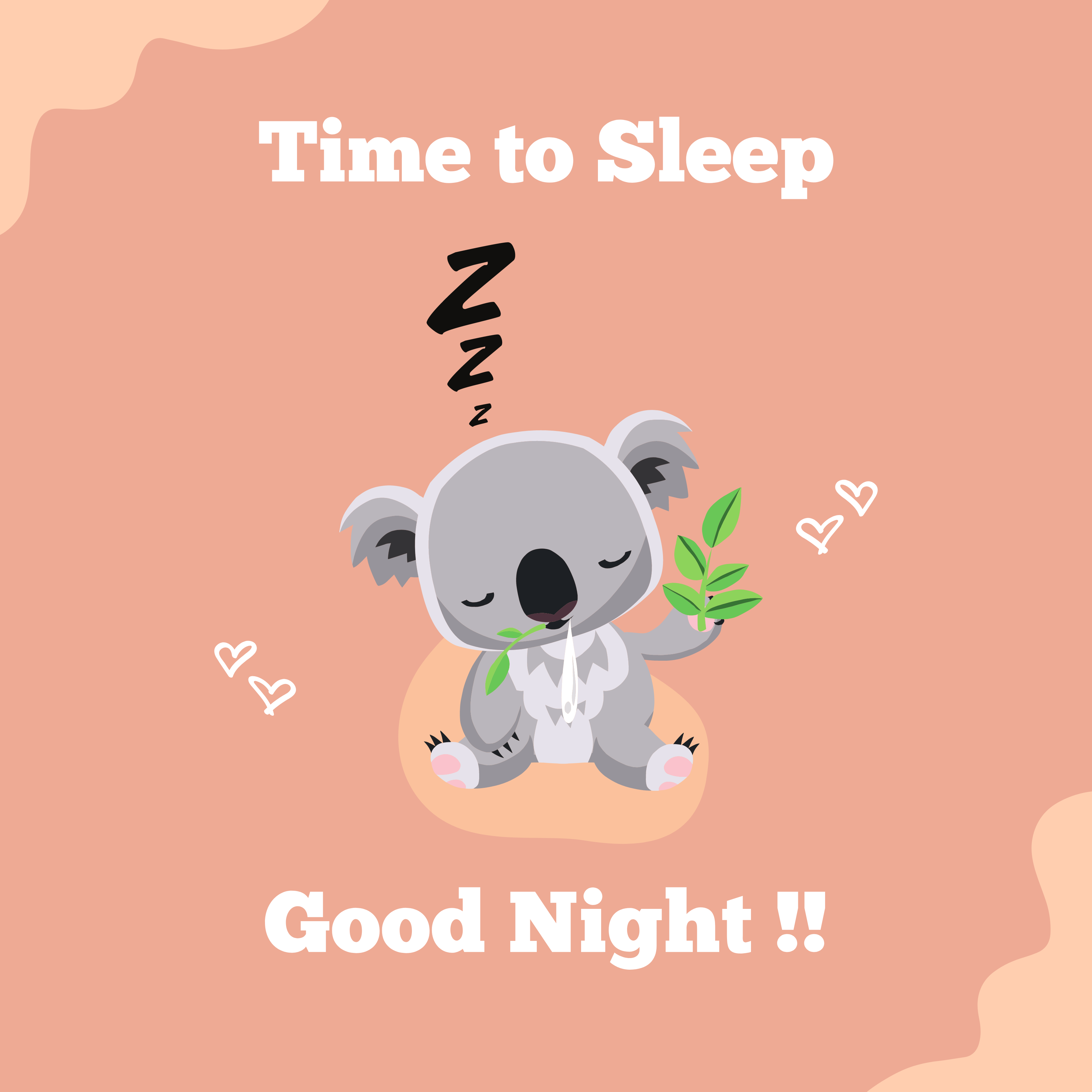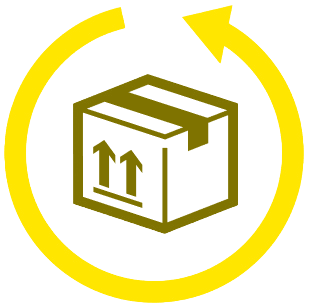Article: Understanding Newborn Sleepy Cues

Understanding Newborn Sleepy Cues
Wouldn’t it be wonderful if your newborn could simply say, “I’m ready for a nap”? While they may not be using words just yet, your little one has a special way of communicating their sleep needs through adorable signs and signals. Understanding these newborn sleepy cues can make all the difference! Sleepy cues are the subtle ways your baby lets you know they’re tired or in need of a nap. Recognizing these signs can help you create a calming routine, ensuring your little one gets the rest they need—before they become overtired and fussy. Let’s explore these precious cues together and help your baby drift off to dreamland with ease!
Here’s a list that will make it obvious that your little one is ready for a much needed nap:
|
I am tired Mom |
I am ready for my nap now |
I am overtired now Mom |
|
‘staring’ |
Fusiness |
Frantic crying |
|
Flushed brows |
Big yawns |
Rigid body |
|
Looks away |
Rub eyes |
Pushes away |

Have you noticed how sleepy cues can escalate? Sometimes, this progression happens gradually—you might first see that captivating stare, followed by some adorable yawning, and then, before you know it, those little cries start. Other times, your baby can go from tired to overtired in an instant. It’s essential to catch that sweet spot when they’re “ready for a nap.” To ensure you have enough time to swaddle and settle your baby before they reach that point, keep an eye out for those early “I’m tired” cues. Recognizing them can make all the difference in helping your little one drift off peacefully!
Important Note: Your baby may not show every cue depicted here. For instance, she might have an intense, focused stare without any flushed brows, or become fussy without rubbing her eyes. You may even notice unique sleepy cues that aren’t included in this list. The more you observe your little one, the easier it will be to recognize her individual sleepy signals. Each baby is different, and understanding these nuances will help you respond to her needs more effectively.
What if I never see sleepy cues?
That can happen! In the hustle and bustle of daily life, it’s easy to overlook sleepy cues. You might find that you only notice them once your little one is already in the “I’m overtired” stage.
So, what can you do?
One effective way to prevent an overtired newborn is to understand your baby’s wake windows. A wake window is the period of time your baby is awake between naps, and for newborns, it typically ranges from 60 to 90 minutes. By aiming for age-appropriate wake windows, you can help your baby fall asleep more easily and stay asleep longer. While it’s essential to focus on those sleepy cues rather than just the clock, being aware of your baby’s wake windows will guide you in recognizing when to look for those cues.
What if my newborn is showing sleepy cues before hitting a full wake window?
Our goal is to maximize each wake window without pushing your baby into overtiredness. Some babies might yawn briefly or look away when they just need a moment to regroup or are ready for a change of pace.
If your baby starts showing sleepy cues before reaching a full wake window, try altering their environment. A simple change, like stepping outside or introducing a new type of play, can often re-engage them and help them reach that optimal wake window.
However, if after a few minutes your baby continues to show sleepy cues or seems to be moving toward the “I’m ready for a nap!” stage, don’t hesitate to offer a nap. It’s all about meeting your baby where they are developmentally.
What age do babies stop showing sleepy cues?
Babies, toddlers, and even adults have their own sleepy cues. While these cues don’t disappear completely, they can change and become less consistent in signaling when it’s time for a nap or bedtime. Sleepy cues are particularly helpful during the newborn stage. As your baby grows, it’s important to balance these cues with age-appropriate wake windows. Why is this crucial? We want to ensure your baby is tired enough to sleep well without crossing into overtiredness.
What do I do if my baby is overtired?
Sometimes, despite our best efforts, we miss that sweet spot, and our little one becomes overtired. When this occurs, your baby may resist the very nap they need. It’s common to overlook sleepy cues as the day goes on, which is one reason we often see signs of "colic" during the witching hour. If you find yourself with an overtired baby, here are some helpful tips to navigate the situation:

If you missed the sleepy cues this time, don’t worry! Give yourself some grace. You can always try again at the next nap or bedtime.





